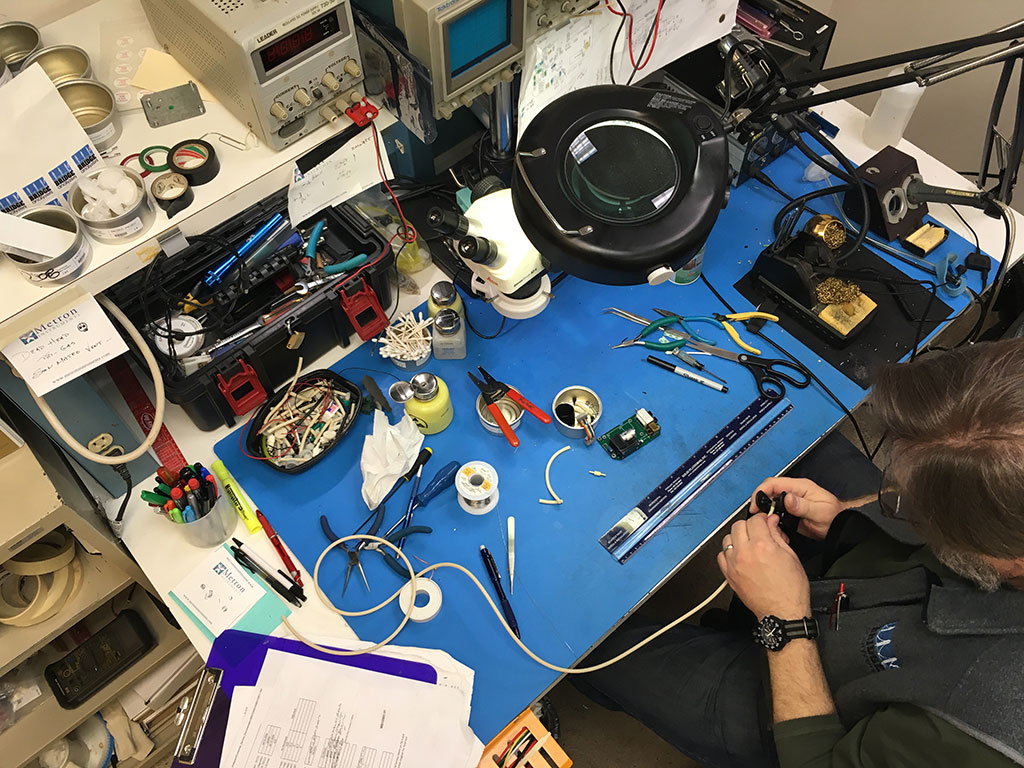At Bridge Analyzers we take service seriously.
Whether we are servicing a MAP Tri-Gas Analyzer, an EGA 5 Gas Analyzer, or just answering a customer’s question over the phone, we are always committed to carefully and accurately serving our customers in whatever way they need.
At Bridge Analyzers we call this consistent commitment to caring for our customers, “Care over Time.” The idea of caring for our customers permeates every aspect of what we do, as well as how our employees think about the work they do every day.
Analyzer Service and Maintenance: A Multi-Step Process
To show you in a concrete way how we implement our commitment to “Care over Time” we want to walk you through what happens to your analyzer when it comes in for service and maintenance.
We use the same service methodology for both our Modified Atmosphere Packaging (MAP) Analyzers and our Exhaust Gas Analyzers (EGA). There are differences in the procedures for each type of analyzer (MAP or EGA) due to their having different component parts, but on the whole, the procedure our technicians follow when servicing each type of analyzer is the same. So, let’s get down to it.
Check-In and Component Inventory
When an analyzer comes in for service it is first checked in with one of our technicians who records pertinent manufacturing and customer data. This data is used to track the particular analyzer being serviced throughout the entire process. After this data is taken, the technician working on that analyzer takes an inventory of the parts that came in with the analyzer from the customer. At this point in the process the technician writes down any inspection notes he thinks might be useful later, as well as looking at whatever remarks the customer may have made about the analyzer.
Configuration and Initial Gas Testing
After the check-in and component inventory has been finished, the technician checks the configuration and calibration of the analyzer and compares it to how it was sent to the customer after it was last serviced as well as to factory standards. When the configuration has been made, the analyzer is then sent on to the initial gas testing phase. In this phase the analyzer is tested against standard reference gas. This phase of the process is very important as it is the first real diagnostic measure the analyzer undergoes. The data gathered from this test gives us a good idea of what is wrong with the analyzer and sets the precedent for the service actions that will take place in the next phase.
Complete Analyzer Service
After the analyzer gets through the initial gas test it is ready for service. During the service phase of the process every function the analyzer performs is tested for functionality. If something is wrong it is fixed. If a component needs to be replaced, it is replaced. If something needs to be upgraded, it is upgraded. In the service phase all aspects of the analyzer are examined and upgraded including: pneumatics, power supply, pump function and flow rate, accessories (sample lines and needles), as well as an overall inspection of the analyzer where the analyzer, analyzer enclosure, and analyzer case are prepared for delivery back to the customer.
Conclusion
We hope that this look into what happens to an analyzer when it comes back to Bridge Analyzers for service and maintenance has given you a realistic idea of how we enact our core principle of “Care over Time” on a daily basis.
